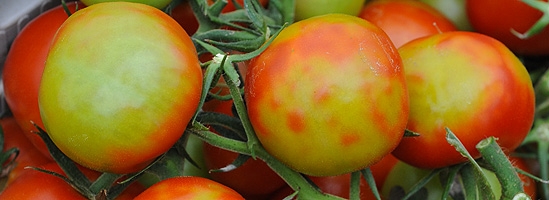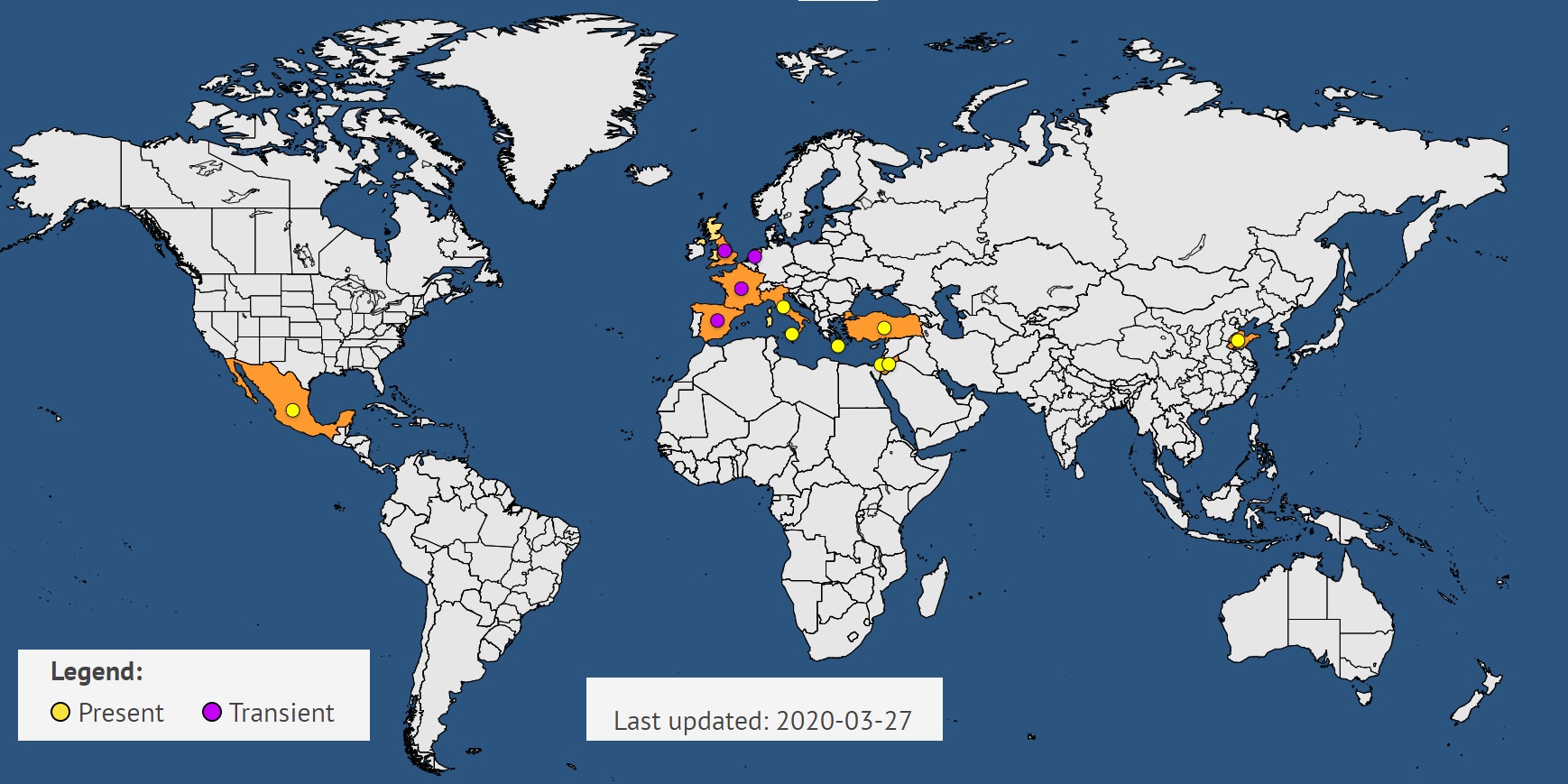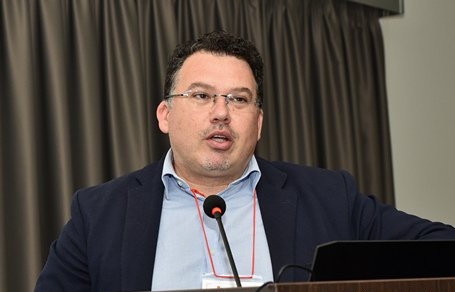Respect for your privacy is our priority
The cookie is a small information file stored in your browser each time you visit our web page.Cookies are useful because they record the history of your activity on our web page. Thus, when you return to the page, it identifies you and configures its content based on your browsing habits, your identity and your preferences.
You may accept cookies or refuse, block or delete cookies, at your convenience. To do this, you can choose from one of the options available on this window or even and if necessary, by configuring your browser.
If you refuse cookies, we can not guarantee the proper functioning of the various features of our web page.
For more information, please read the COOKIES INFORMATION section on our web page.



 “Confinement measures to control the tomato industry were successful,” happily stated André Bernard, President of the SONITO and of the Provence-Alpes Côtes d’Azur Chamber of Agriculture in southeastern France. “The tomato virus was detected, the contaminated greenhouses were confined, and the plants were destroyed. And now, for the past three weeks, we have had no further report of infection.”
“Confinement measures to control the tomato industry were successful,” happily stated André Bernard, President of the SONITO and of the Provence-Alpes Côtes d’Azur Chamber of Agriculture in southeastern France. “The tomato virus was detected, the contaminated greenhouses were confined, and the plants were destroyed. And now, for the past three weeks, we have had no further report of infection.”
 “For us who are researchers at the University of Palermo, our work consists in carrying out regular analyses both of samples supplied by individuals and those gathered by regional plant health agencies. Last year, we found no positive identification on incoming seeds. Even plant-nursery seeds and seedlings turned out to be healthy, at least as far as the tests carried out in our laboratories could tell. Unfortunately, samples that have been taken up in field cultivation conditions have tended to be increasingly positive.”
“For us who are researchers at the University of Palermo, our work consists in carrying out regular analyses both of samples supplied by individuals and those gathered by regional plant health agencies. Last year, we found no positive identification on incoming seeds. Even plant-nursery seeds and seedlings turned out to be healthy, at least as far as the tests carried out in our laboratories could tell. Unfortunately, samples that have been taken up in field cultivation conditions have tended to be increasingly positive.”



























